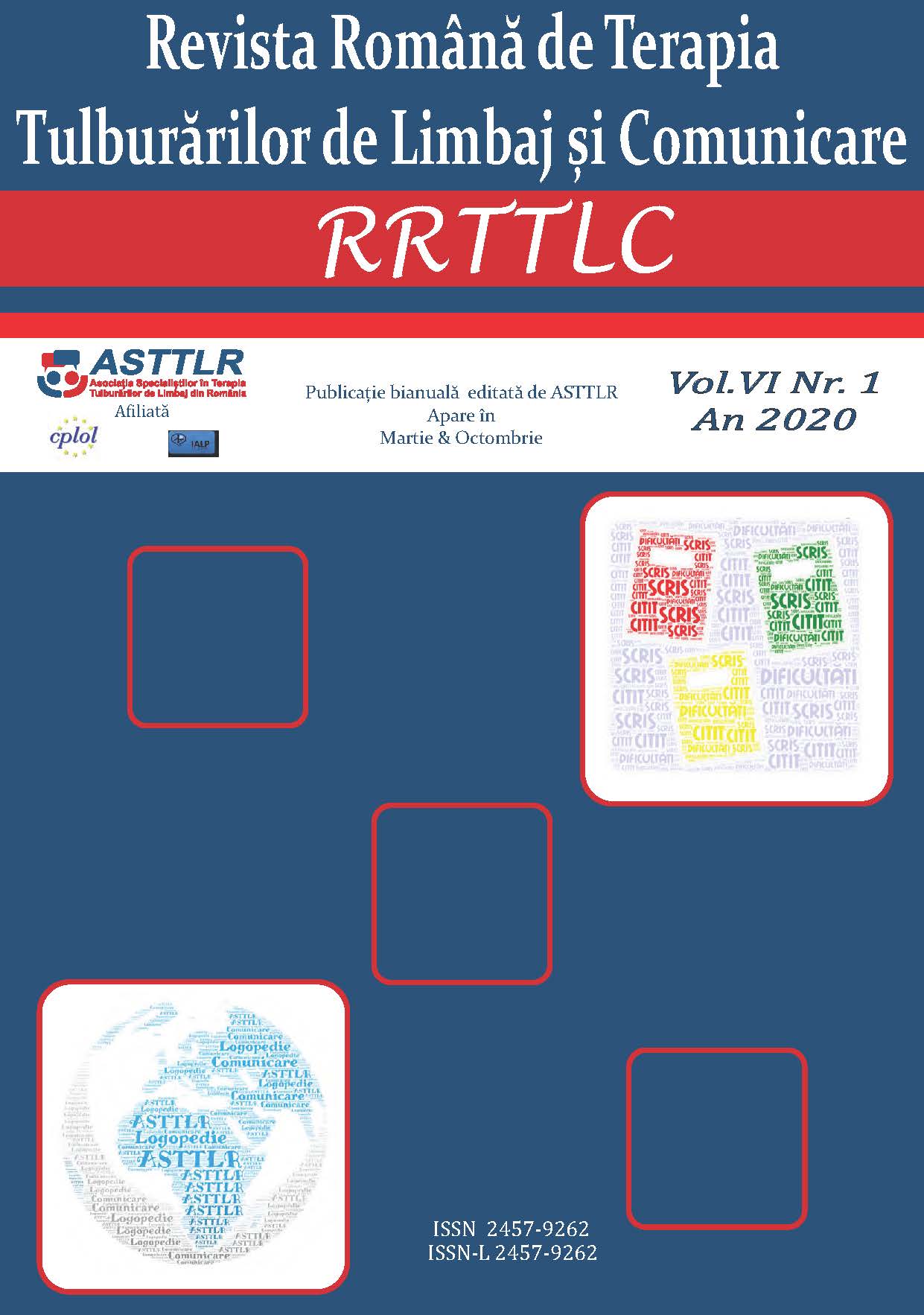Utilizarea stimulării orofaciale în cazul diplegiei spastice– studiu de caz
Using orofacial stimulation in the context of spastic dyplegia- case study
Author(s): Fotinica GligaSubject(s): Language acquisition, Preschool education
Published by: Asociația Specialiștilor în Terapia Tulburărilor de Limbaj din România
Keywords: spastic diplegia; cerebral palsy; orofacial stimulation; speech and language development;
Summary/Abstract: The aim of this paper is to present an intervention program for a child with Spastic Diplegia as a form of CerebralPalsy. This diagnosis is associated with prematurity and low birth weight. Most of the children affected by thisdisease have periventricular leukoma, which means an impairment of the white matter of the brain. Frequently thesechildren have visual and / or hearing impairment, swallowing and chewing disorders as well as communication andlanguage disorders and 2/3 of them have intellectual delay. Expressive language in children with spastic diplegia,as in other cases of cerebral palsy, is affected by problems of breathing, resonance and the limitation of the possibilityof articulation associated with poor motor control and muscle weakness. The case study present an interventionprogram based on orofacial stimulation (the Morales technique), considering their neuromotor impairment, togetherwith the classic speech therapy intervention, the purpose being the development of phonoarticulation and the verbalcommunication. There were positive results after one year of intervention. The program has to continue with higherfrequency for developing speech and communication
Journal: Revista Română de Terapia Tulburărilor de Limbaj şi Comunicare
- Issue Year: VI/2020
- Issue No: 1
- Page Range: 42-48
- Page Count: 7
- Language: English, Romanian

